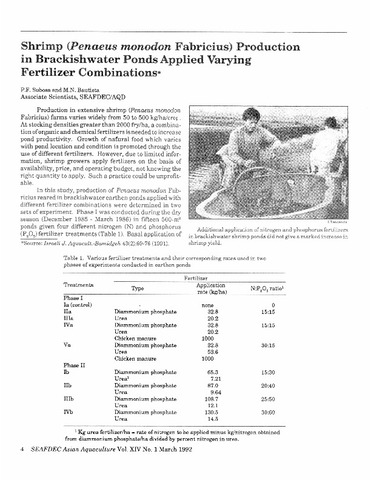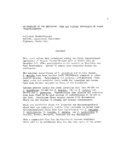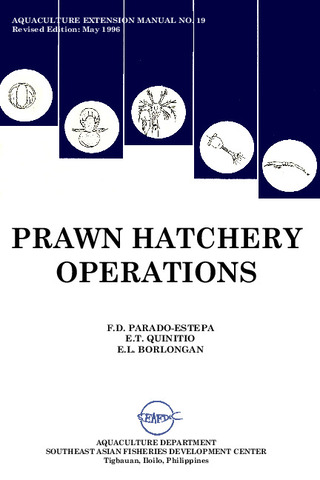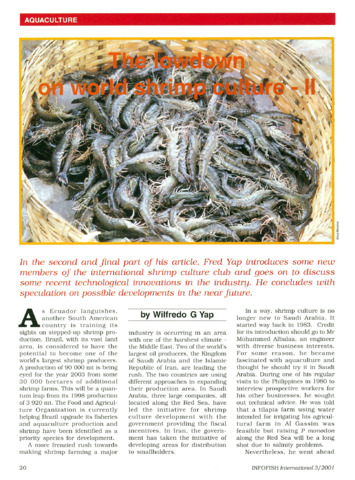Shrimp (Penaeus monodon Fabricius) production in brackishwater ponds applied varying fertilizer combinations
Share
ບົດຄັດຫຍໍ້
Details are given of the production of Penaeus monodon in the Philippines reared in brackishwater earthen ponds applied with different fertilizer combinations, namely diammonium phosphate, urea and chicken manure. Results show that the shrimp showed higher yields in fertilized ponds, but increasing the concentration of fertilizers did not give a marked increase in yield - the excess fertilizer was wasted.
ລາຍລະອຽດ
Source: Subosa, P. F., & Bautista, M. N. (1991). Influence of stocking density and fertilization regime on growth, survival and gross production of Penaeus monodon Fabricius in brackishwater ponds. The Israeli Journal of Aquaculture-Bamidgeh, 43(2), 69-76.
Suggested Citation
Subosa, P. F., & Bautista, M. N. (1992). Shrimp (Penaeus monodon Fabricius) production in brackishwater ponds applied varying fertilizer combinations. SEAFDEC Asian Aquaculture , 14(1), 4-6. http://hdl.handle.net/10862/1795
ວິຊາ
Taxonomic term
Collections
Related items
Showing items related by title, author, creator and subject.
-
An overview of the nutrition, feed and feeding techniques of prawn penaeid/shrimps
Piedad-Pascual, Felicitas (Philippine Council for Aquatic and Marine Research and Development, 1989)This paper echoes what transpired during the first International Conference of Penaeid Prawns/Shrimps held in Iloilo City in December 4-7, 1984, particularly on the Nutrition nd Feed Development. Around 25 papers were ... -
Prawn hatchery operations
Parado-Estepa, Fe D.; Quinitio, Emilia T.; Borlongan, Emeterio L. (Aquaculture Department, Southeast Asian Fisheries Development Center, 1996-05)The manual, an updated version of the 1984 SEAFDEC/AQD manual, presents the underlying principles and step-by-step instructions of prawn larval and post-larval rearing. The techniques described are not only applicable to ... -
The lowdown on world shrimp culture - II
Yap, Wilfredo G. (INFOFISH, 2001)This paper introduces some new members of the international shrimp culture club and goes on to discuss some recent technological innovations in the industry, particularly the polyculture of tilapia (mainly Oreochromis ...






